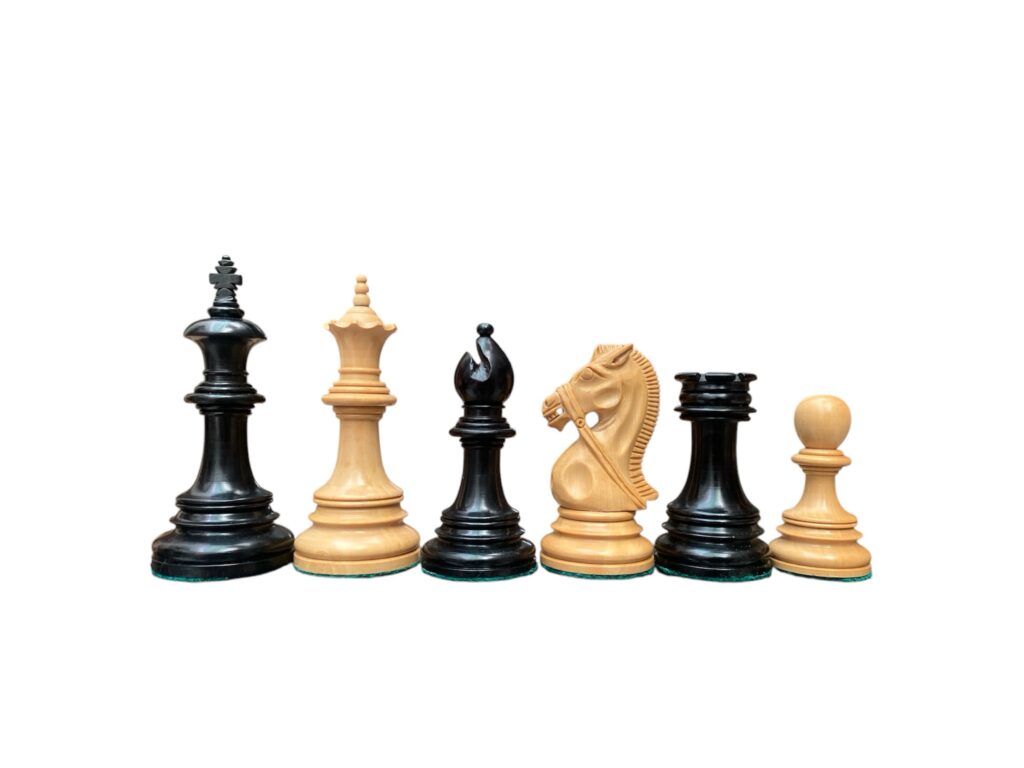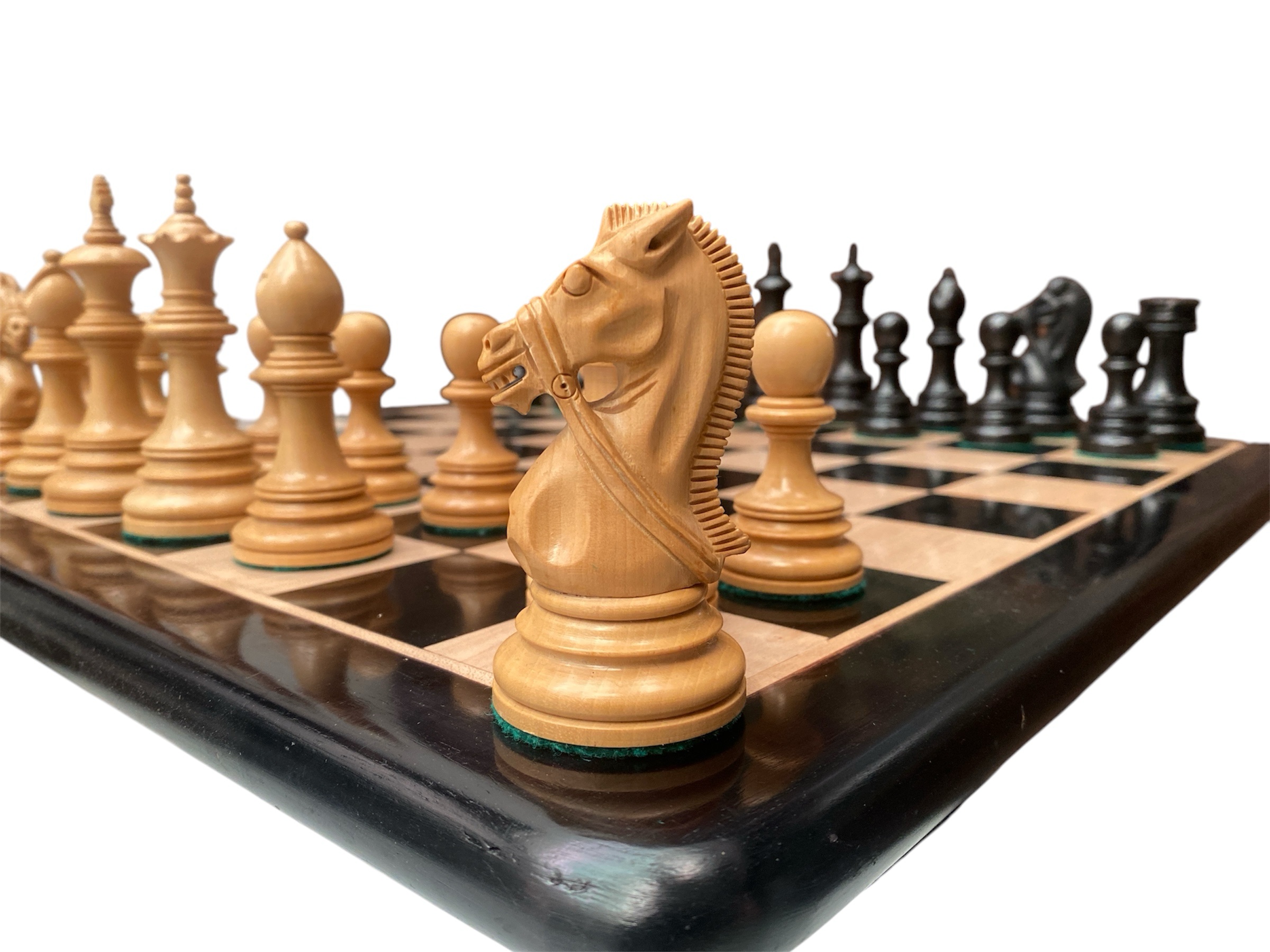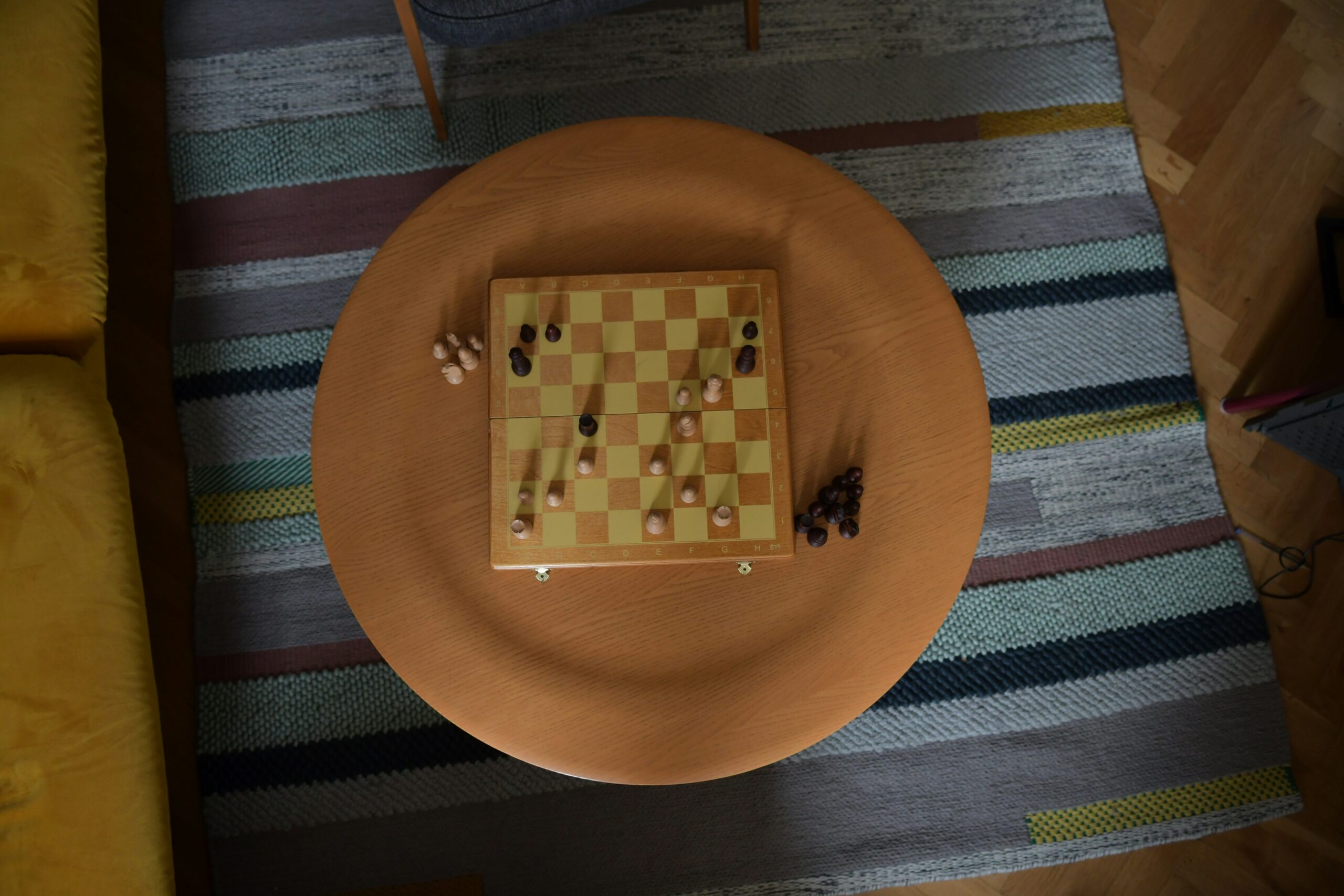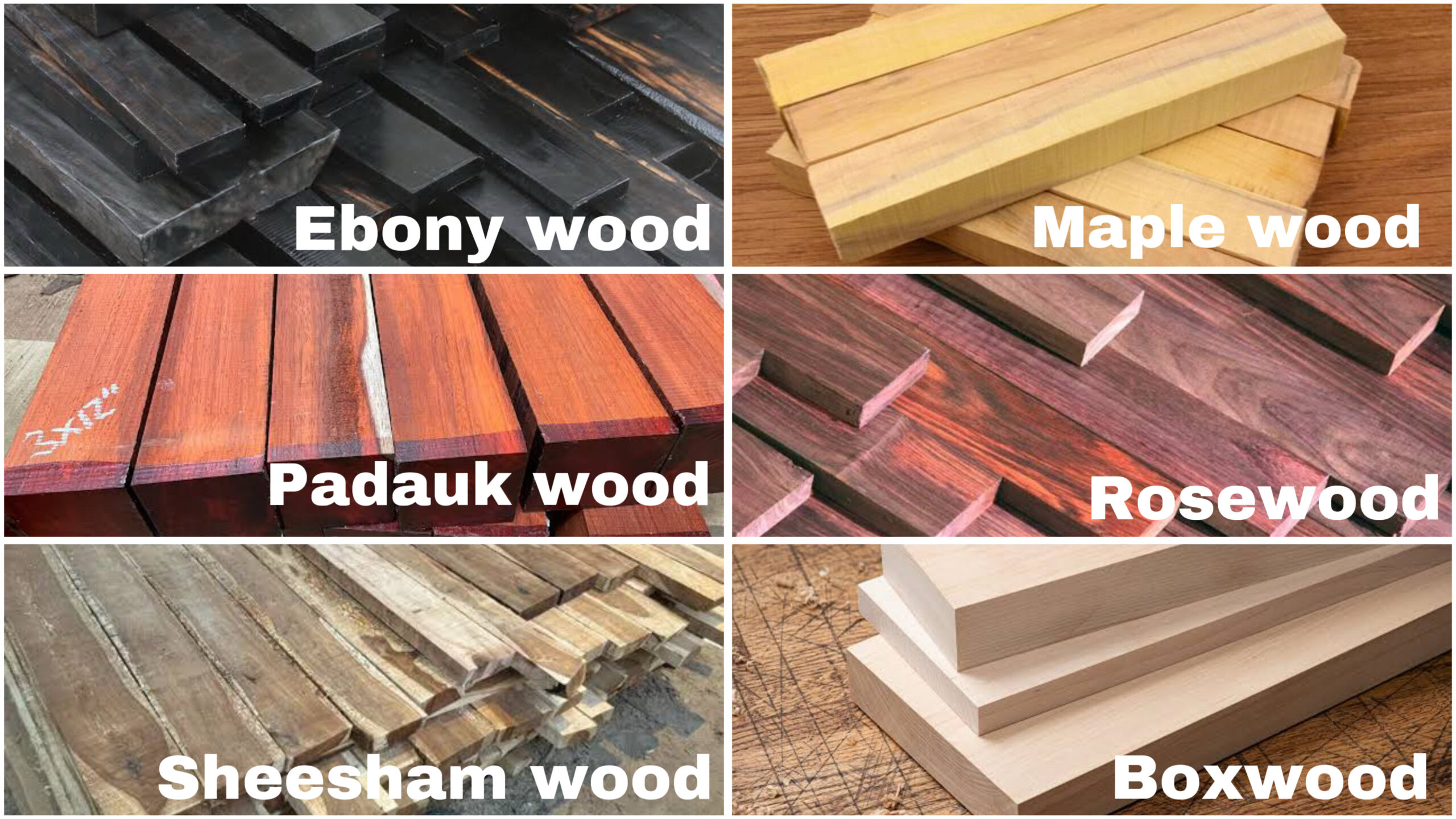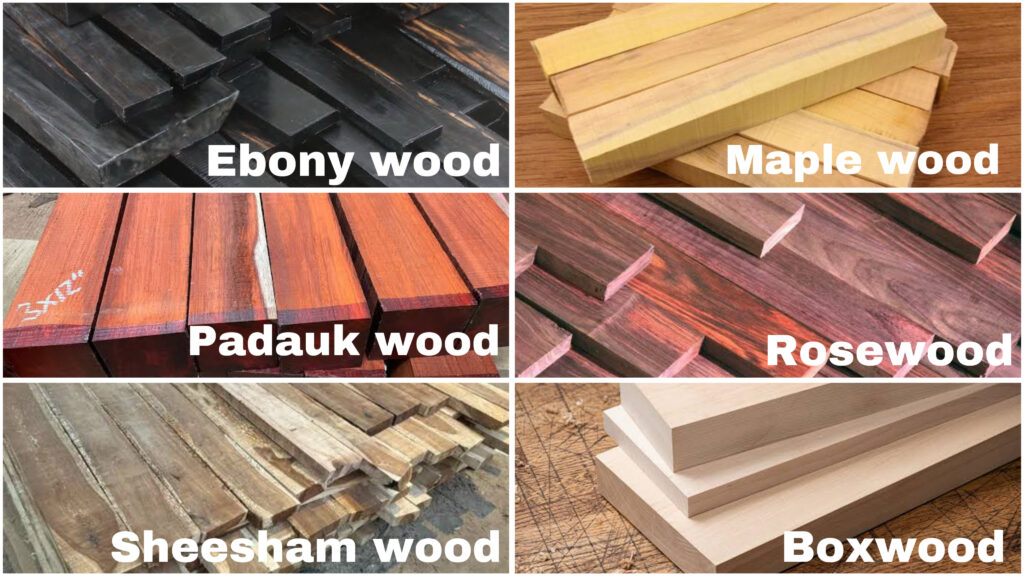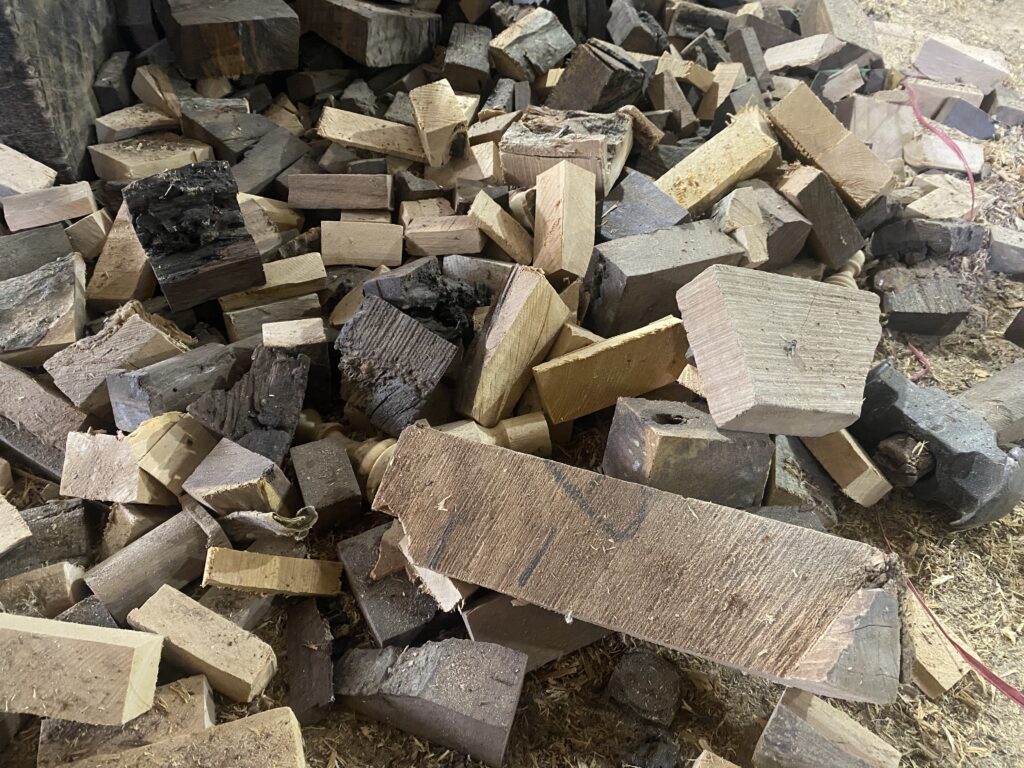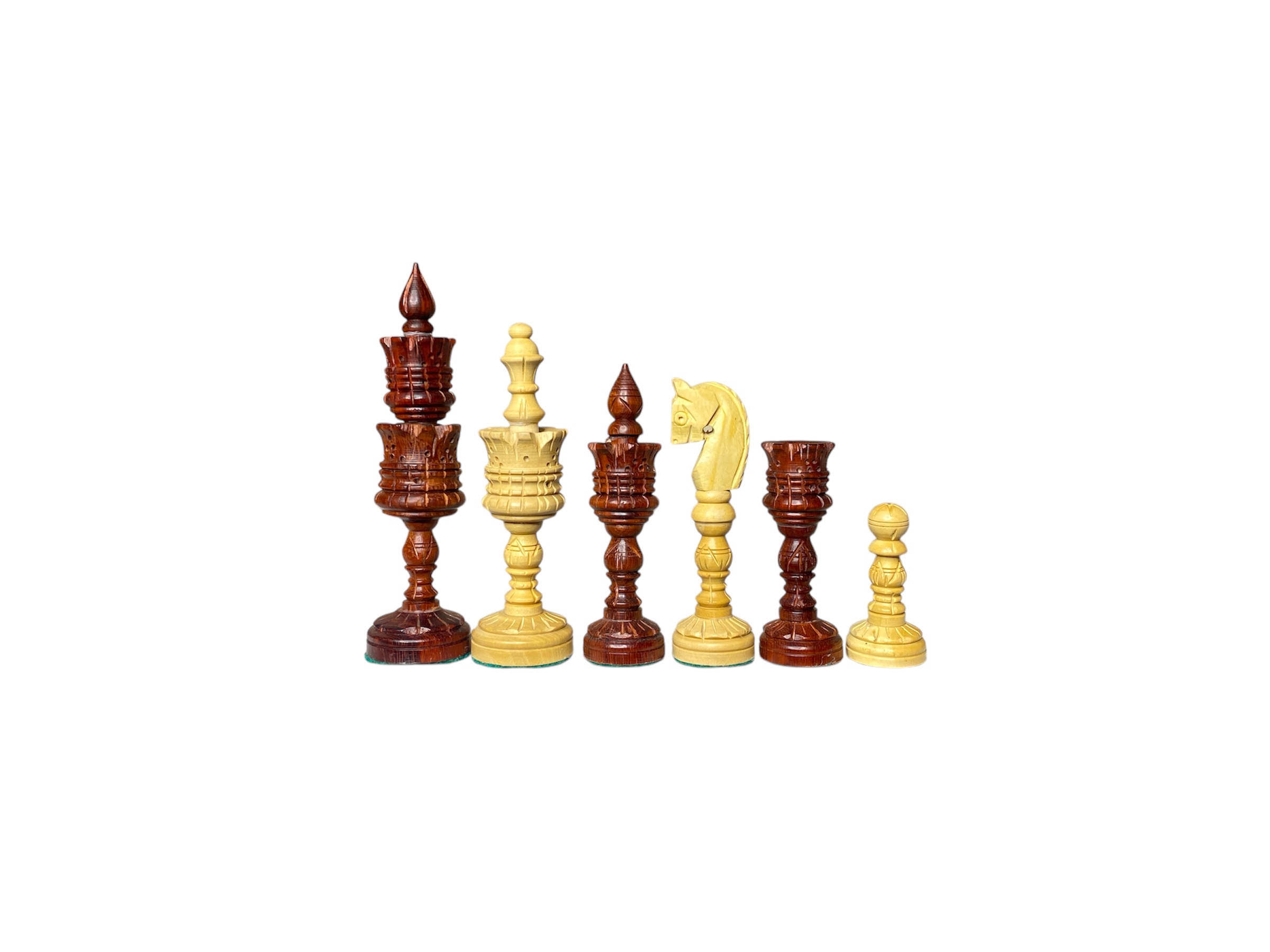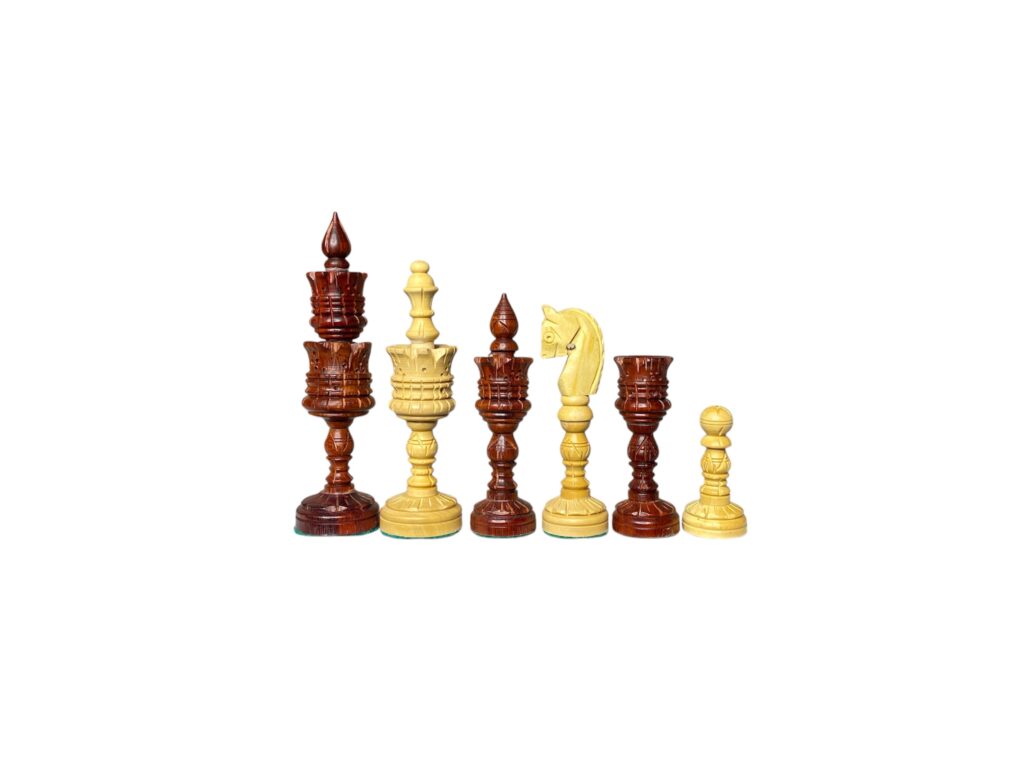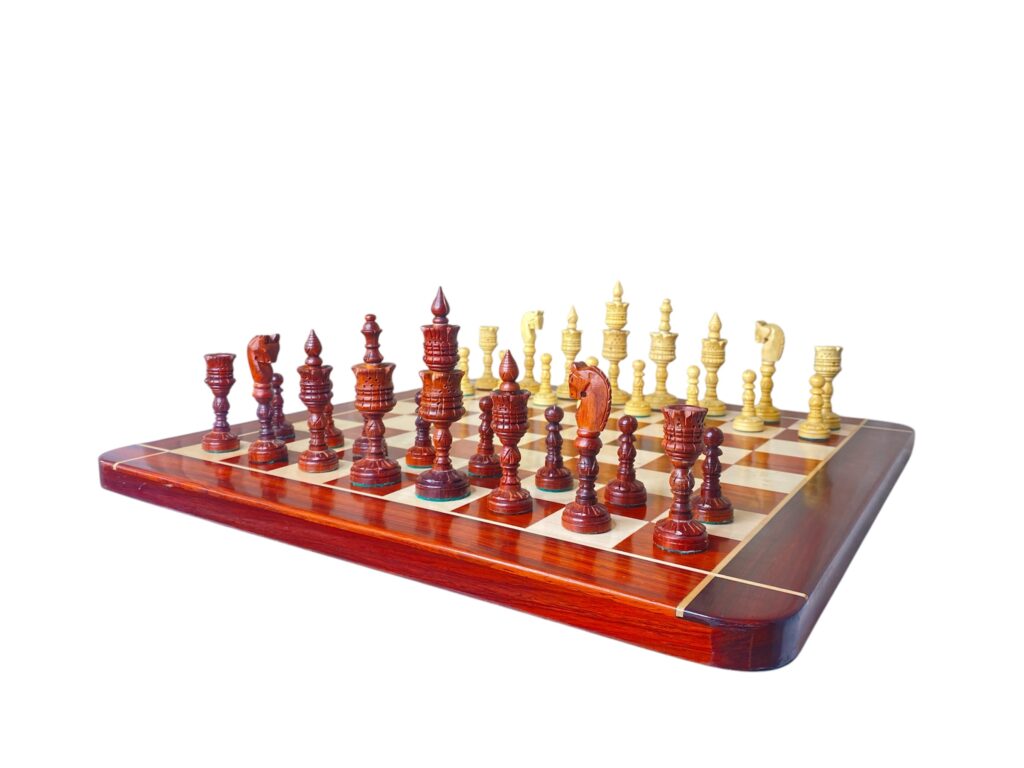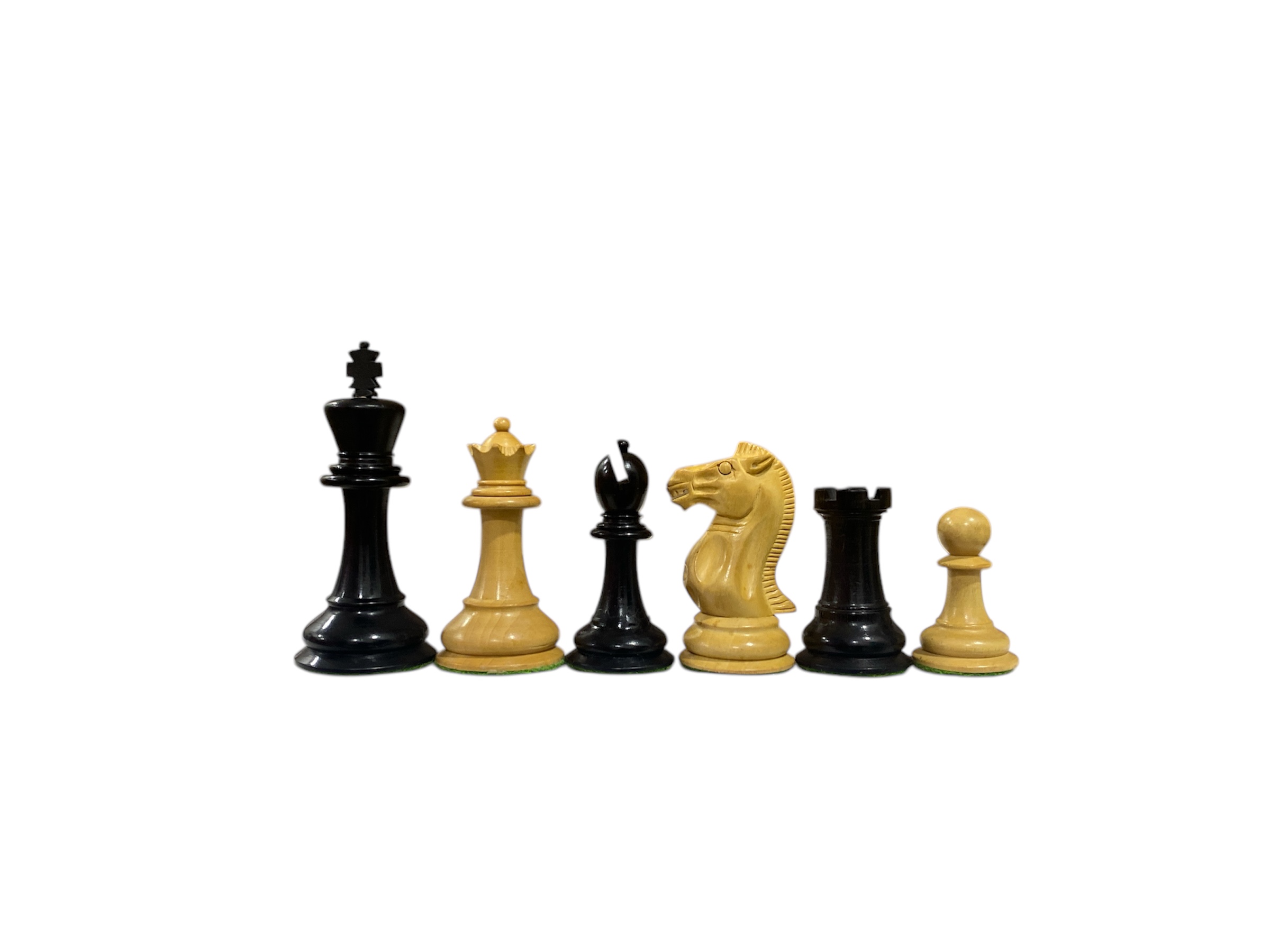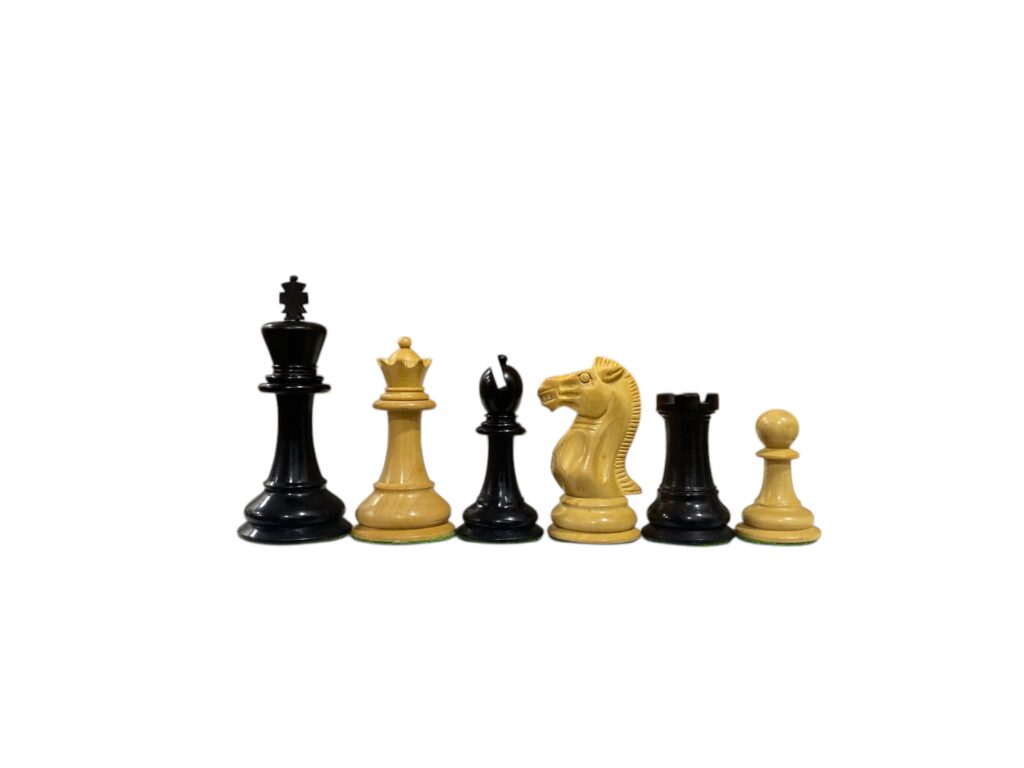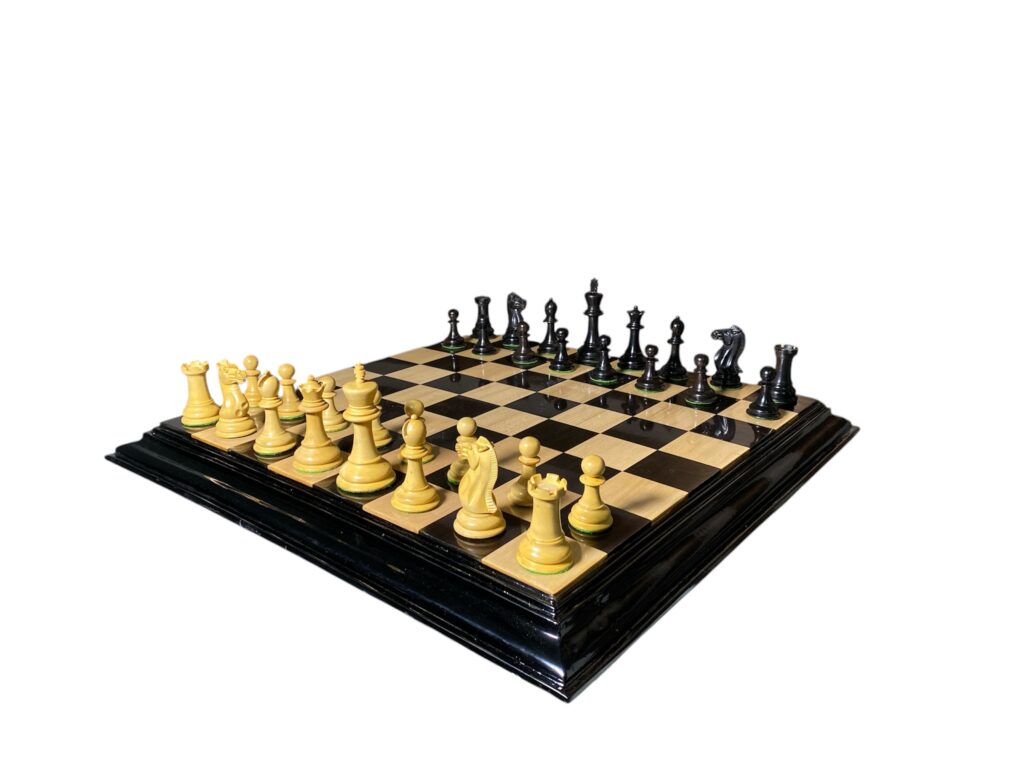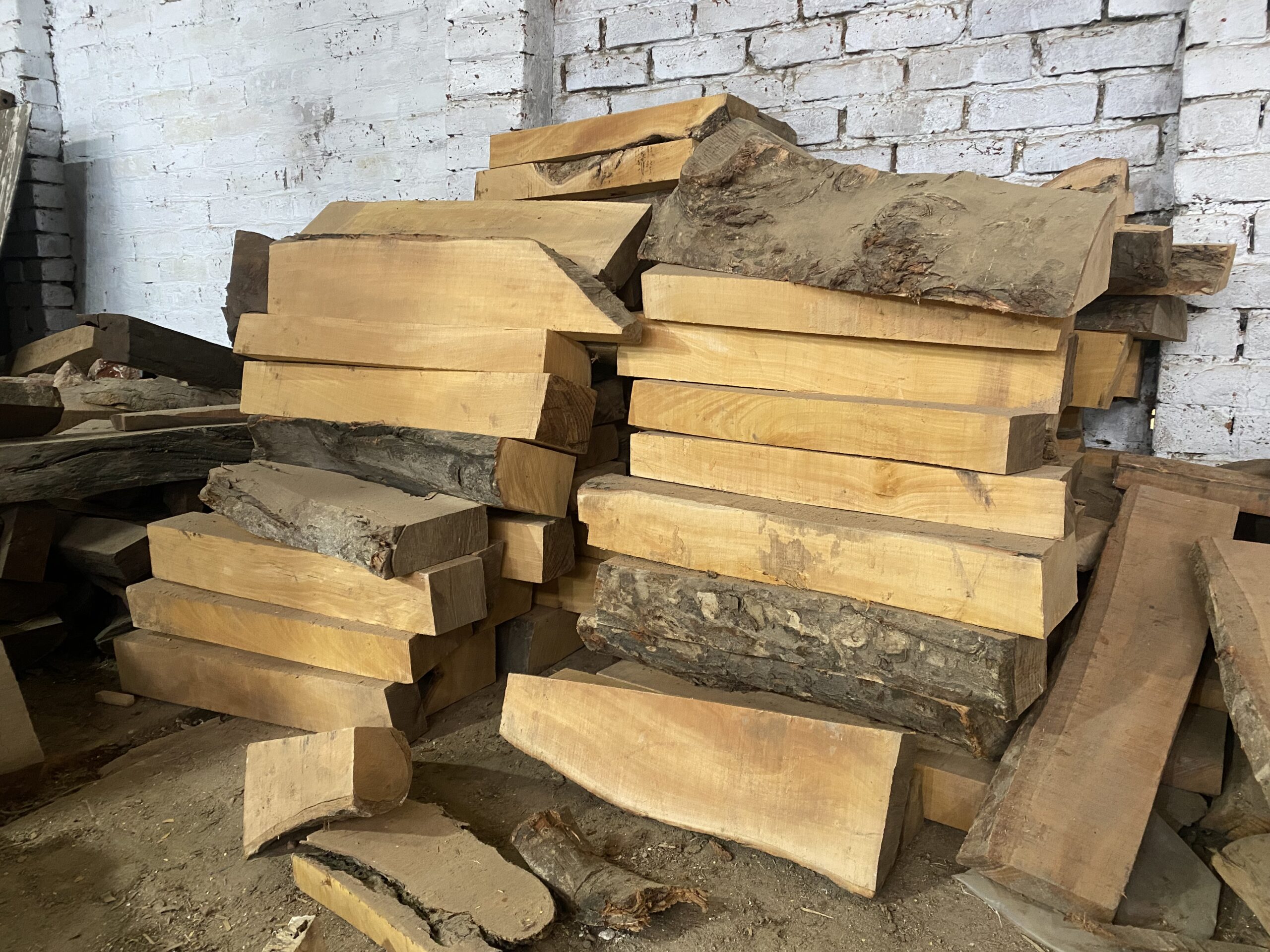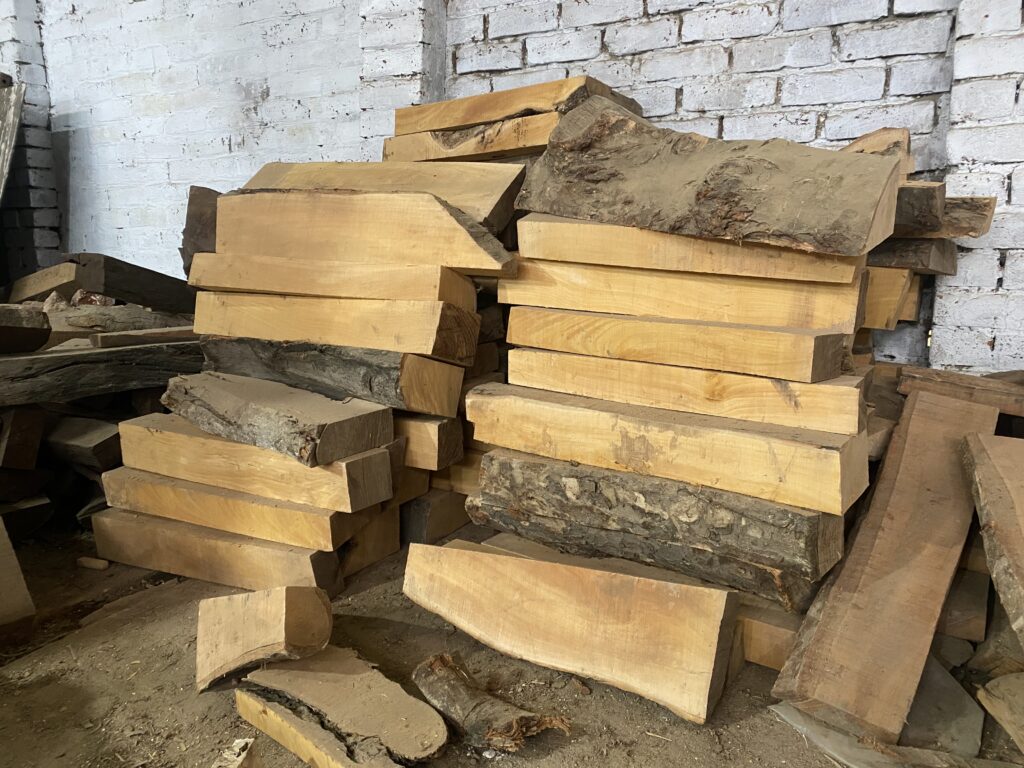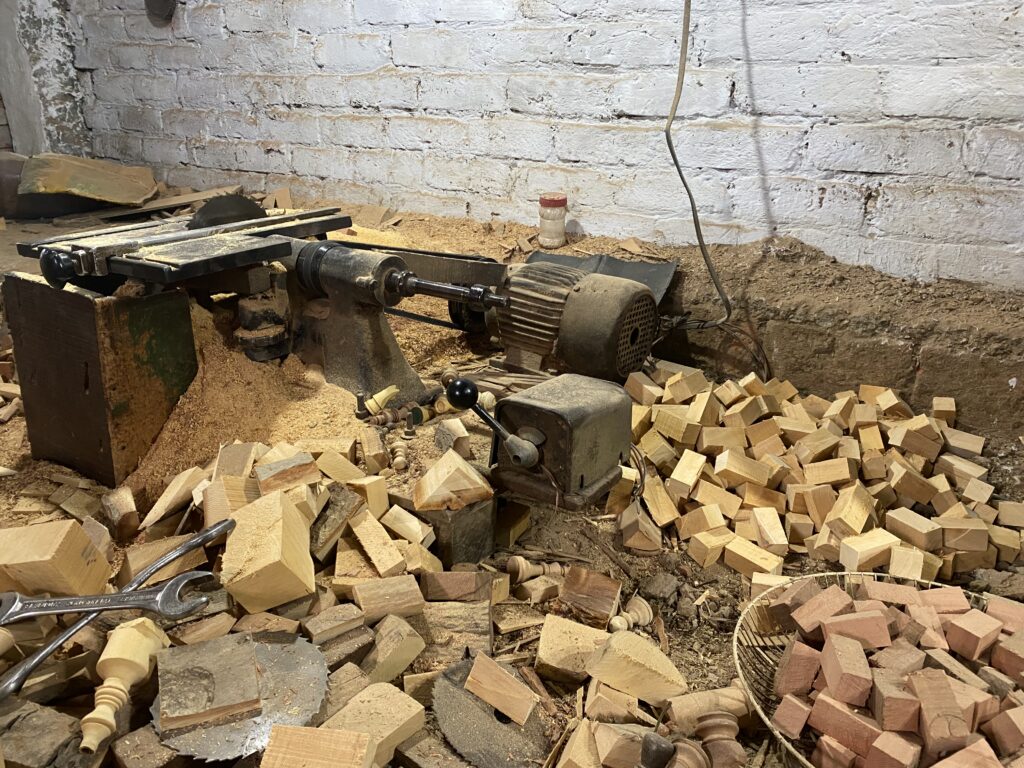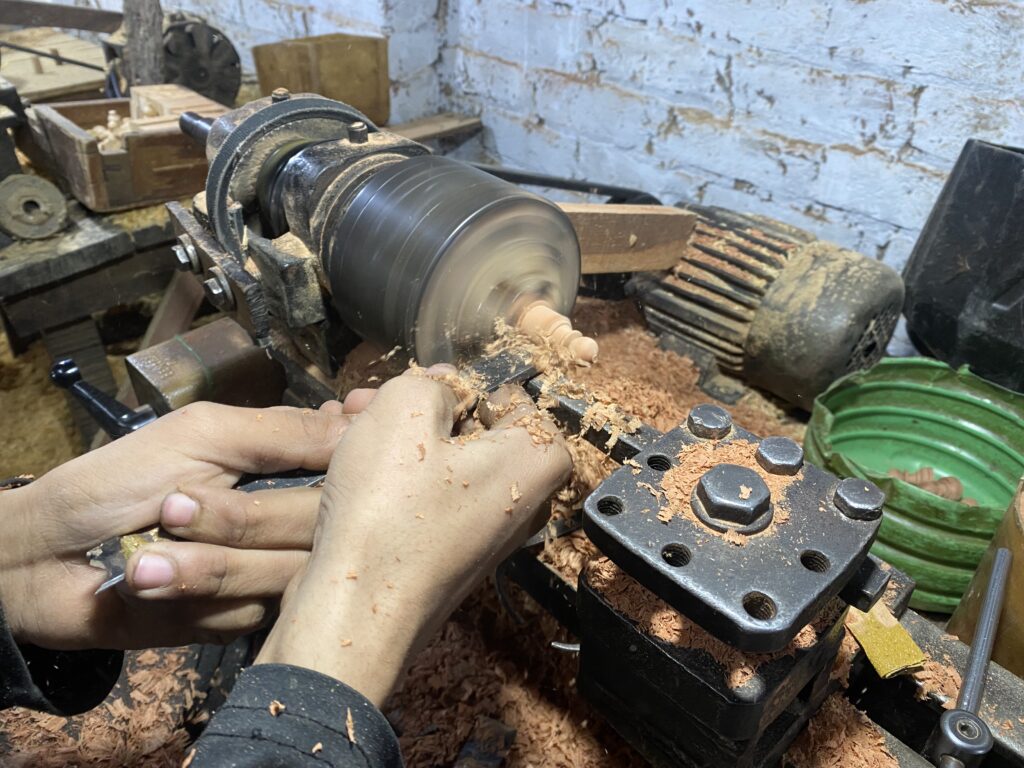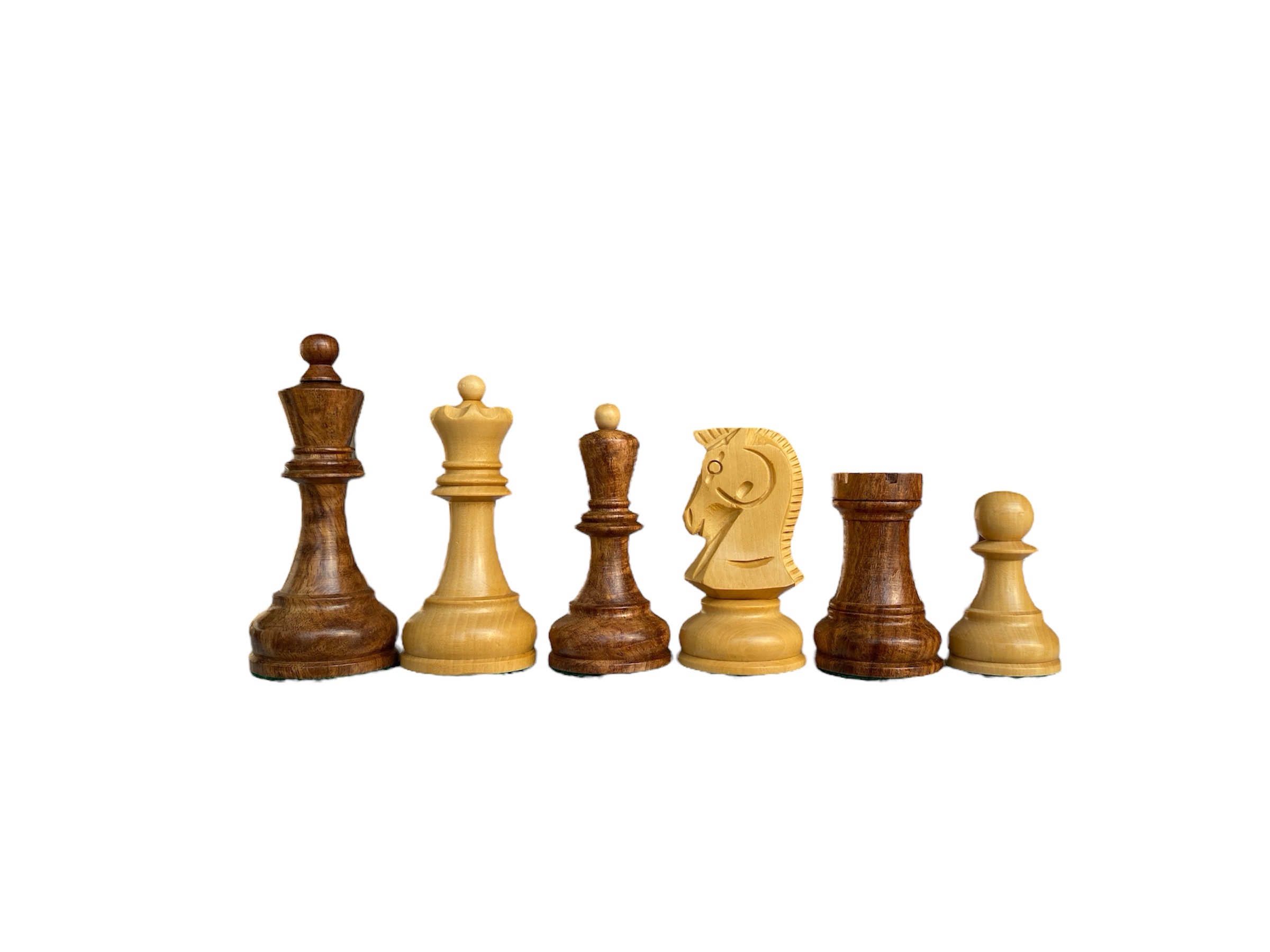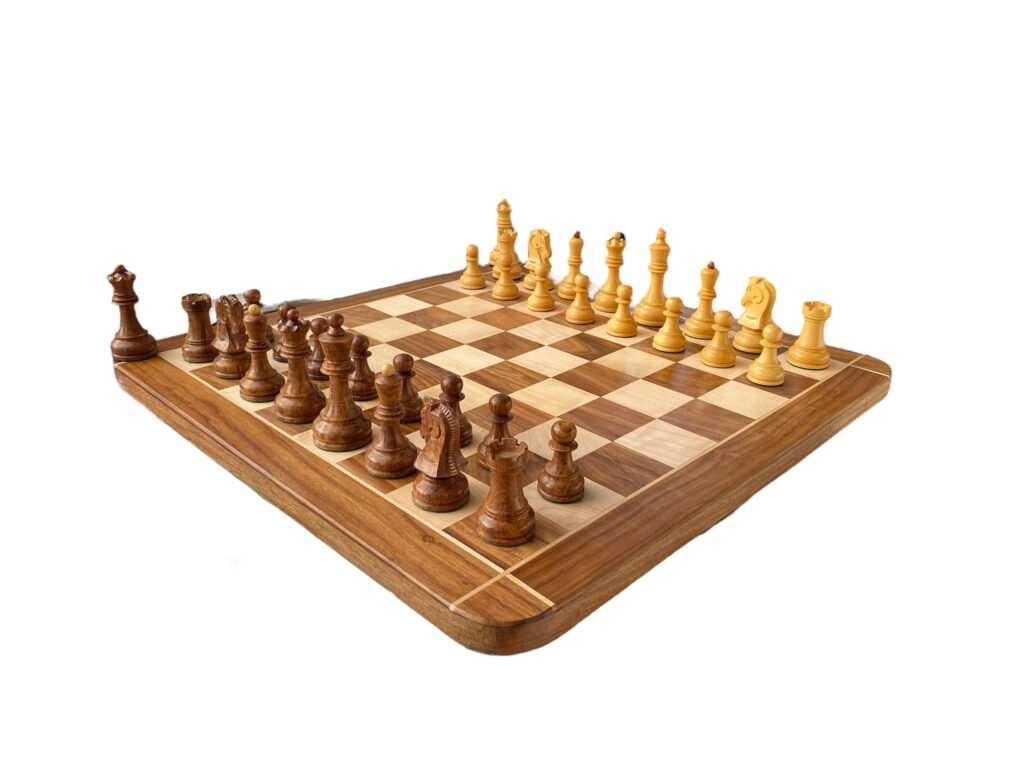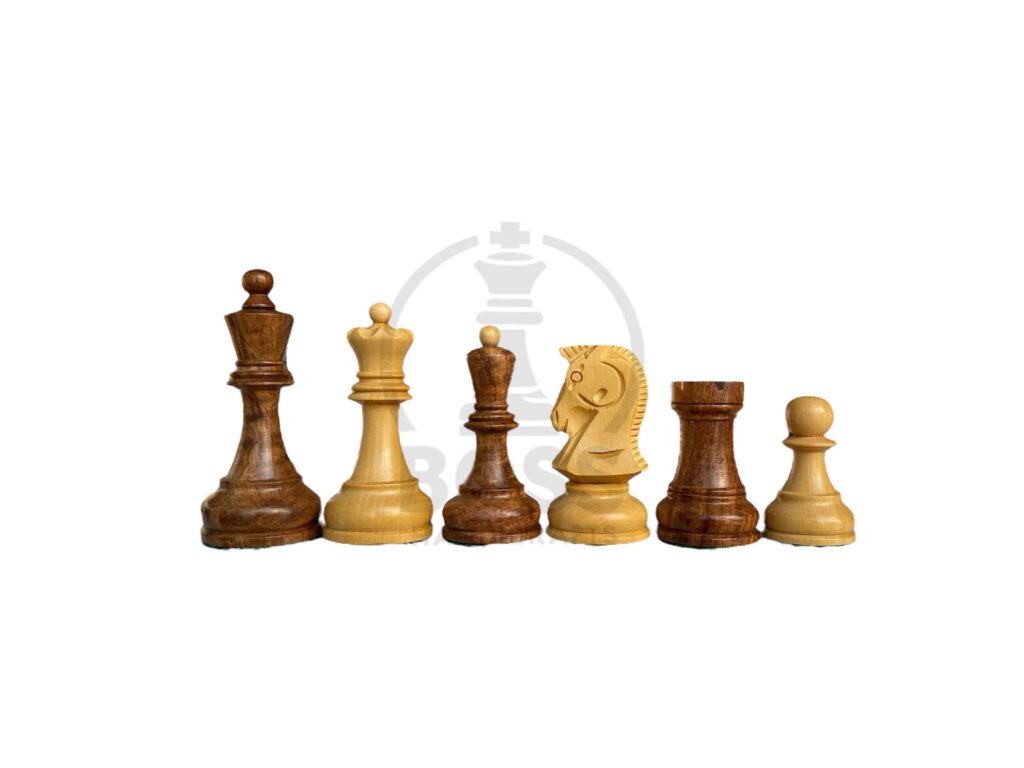Choosing the Right Size for Your Wooden Chess Set: A Complete Guide

Introduction to Wooden Chess Sets
Wooden chess sets have long been regarded as a symbol of sophistication and timeless elegance in the world of chess. Crafted with meticulous attention to detail, these sets often showcase exceptional craftsmanship that not only enhances gameplay but also serves as an attractive decorative piece. The durability of wood makes it an ideal material for chess pieces and boards, ensuring that they withstand the test of time while maintaining their aesthetic charm. As a result, wooden chess sets are favored by both casual players and serious enthusiasts alike.
The prominence of wooden chess in both casual and competitive settings cannot be overstated. Many players appreciate the tactile experience of moving wooden pieces across a finely finished board, which greatly contributes to the overall experience of the game. In tournaments and special events, you will often find wooden chess sets being used due to their elegance and the psychological impact they can have on players. A beautifully crafted wooden chess set can evoke a sense of history and tradition, often inspiring players to deepen their engagement with the game.
Moreover, the aesthetic appeal of wooden chess sets extends beyond the game’s practicality. Many artisans take pride in creating unique designs that reflect cultural histories or personal artistry. This makes owning a wooden chess set not just about playing chess but also about owning a piece of craftsmanship that can be appreciated visually. Whether made from high-quality hardwoods or designed with intricate carvings, wooden chess sets embody a blend of functionality and art, contributing to their status as a treasured item among chess aficionados.
Importance of Chess Set Size
The size of a wooden chess set plays a pivotal role in the overall experience of the game, influencing aspects of gameplay, comfort, and visibility. When selecting a chess set size, one must consider how these factors can enhance or detract from the playing experience. For instance, larger pieces and boards typically allow for easier movement and manipulation, especially for those less familiar with the game. However, they may necessitate more space, which could be inconvenient in certain settings.
Moreover, the aesthetics of the chess set are often influenced by its size; a larger board with substantial pieces can make for an impressive centerpiece during social gatherings. In contrast, smaller sets can be more portable and accessible, which is particularly crucial for players attending tournaments or events where space is limited. Thus, the size of a chess set can significantly affect the social dynamics of chess-playing environments, impacting both casual and competitive settings.
Visibility is another critical consideration. A set that is too small may lead to difficulties in distinguishing between pieces, especially for beginners learning the game’s intricacies. On the other hand, an excessively large set could overwhelm some players, potentially detracting from the strategic nature of chess. Consequently, finding the right balance in size becomes essential, ensuring that all players can engage fully with the game without unnecessary distraction or discomfort.
Ultimately, choosing the appropriate size for a chess set involves evaluating personal preferences, the intended setting for play, and the level of experience of the players involved. All these factors converge to underscore the vital importance of size in enhancing the overall chess-playing experience.
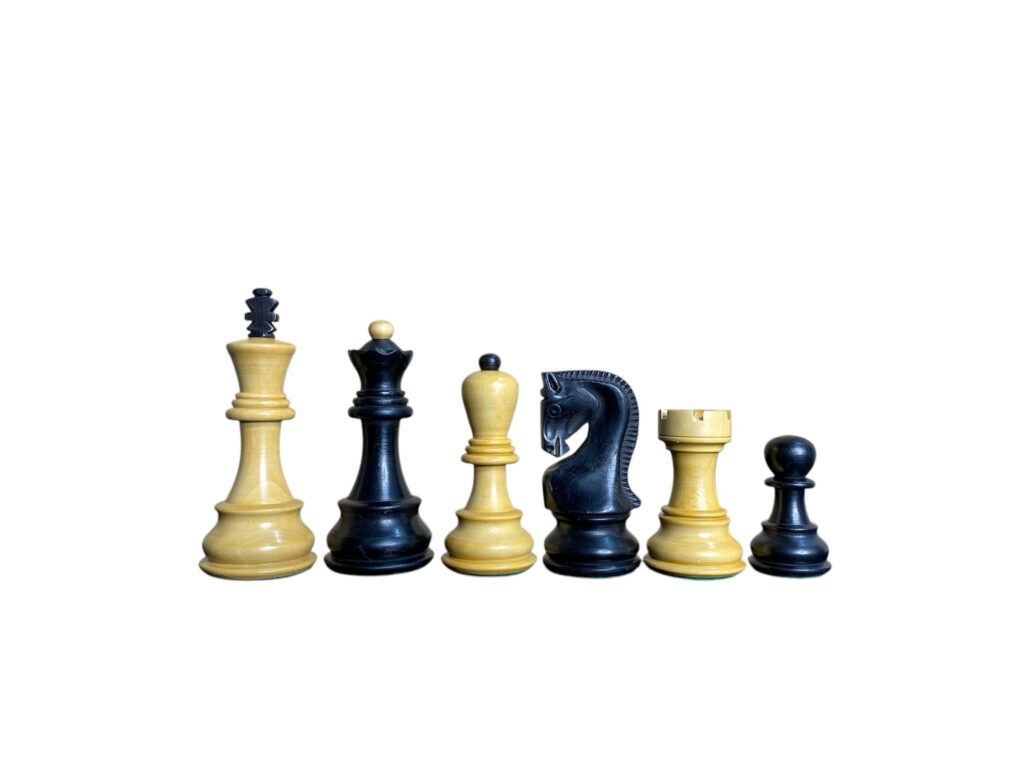
Standard Chess Set Sizes Explained
When selecting a wooden chess set, understanding the different standard sizes available is essential for both casual and competitive play. The most recognized size among chess enthusiasts is the tournament size, which features a king height of approximately 3.75 inches. This size is favored in competitive environments, as it provides the ideal balance between manageability and visibility on a standard chessboard, maintaining a proportionate scale for other pieces as well.
In addition to the tournament size, there are smaller and larger options for chess sets that cater to various preferences and uses. A small chess set typically measures around 2.5 inches for the king, making it suitable for travel or for younger players who may find the smaller pieces easier to handle. These compact sets often include lightweight boards, making them convenient for quick games on the go.
On the other end of the spectrum, large chess sets boast kings that can reach heights of 4.5 inches or more. These sets are often used for display purposes and in setting up outdoor or garden chess games. The larger dimensions allow for a dramatic playing experience, but they can require more space and may be less practical for traditional indoor settings.
Ultimately, the choice of chess set size largely depends on personal preference, how the set will be used, and the playing environment. To aid in visualizing these differences, many users find it helpful to refer to images that showcase the various dimensions side by side. This can further assist in making a more informed decision based on the intended use and aesthetic appeal of the wooden chess set.
Choosing the Right Size for Different Settings
Selecting the appropriate size for a wooden chess set is paramount, as it can significantly impact your playing experience across various settings. Before making your decision, consider the context in which you will primarily be using your chess set. Each scenario has its own unique requirements that influence the best size choice.
For home use, comfort and visibility are key factors. Traditional boards typically range from 15 to 20 inches. A chess set of this size allows for easy maneuvering of pieces and provides a pleasant visual experience during casual games. When choosing for family gatherings or social events, larger sets can enhance the ambiance, making the experience more engaging for all participants.
When it comes to travel, the size of a wooden chess set should prioritize portability and convenience. Compact travel sets, usually around 9 to 12 inches, are ideal for easy packing and carrying. These sets are designed with lightweight materials and smaller pieces, yet they still retain the charm of traditional wooden chess. This size is especially suitable for players who enjoy chess on the go, such as during vacations or weekend trips.
In competitive scenarios, size consideration shifts again. Tournament chess sets often follow standard dimensions, with boards measuring 20 inches or more. This size is beneficial not only for visibility under tournament conditions but also ensures that all players are working with a consistent standard. Additionally, larger pieces can be easier to manage in high-pressure situations, particularly for beginners who may benefit from a more substantial presence on the board.
Ultimately, choosing the right size for your wooden chess set involves aligning your selection with the intended use, ensuring an enjoyable and functional experience whether at home, on the road, or in competitive play.
Benefits of Buying Wooden Chess Sets Online
Purchasing wooden chess sets online presents a range of advantages that enhance the overall shopping experience for enthusiasts and casual players alike. One of the most significant benefits is convenience. Online shopping allows customers to browse and buy from the comfort of their homes, eliminating the need to visit multiple retail stores in search of the perfect chess set. This is particularly valuable for individuals with busy schedules or those living in areas with limited local options.
Another notable advantage is the extensive selection available online. Websites like bosshandicrafts.com offer a wide variety of wooden chess sets, catering to different styles, sizes, and budgets. This vast assortment empowers buyers to explore different aesthetic options and materials, facilitating informed decisions based on personal preferences. Whether one is seeking a classical Staunton design or a more contemporary style, the online marketplace provides numerous choices that may not be readily available in physical stores.
Furthermore, detailed product descriptions significantly contribute to the online shopping experience. Consumers can access comprehensive information about each chess set, including dimensions, wood type, craftsmanship details, and maintenance tips. This level of transparency aids buyers in selecting a set that best fits their needs, ensuring they make a well-informed purchase.
Reading customer reviews is another essential feature of buying wooden chess sets online. By examining the feedback from other customers, prospective buyers gain insights into the quality and performance of the chess sets, helping them to assess value and avoid potential pitfalls. Additionally, many online retailers often provide competitive pricing, making it easier to find a quality chess set within a desired budget.
Finally, quality assurance is paramount when shopping for wooden chess sets online. Reputable websites prioritize the authenticity of their products, often offering return policies that guarantee customer satisfaction, which further enhances confidence in online purchases. Overall, the blend of convenience, variety, transparency, and competitive pricing makes buying wooden chess sets online a favorable option.
How to Care for Your Wooden Chess Set
Maintaining your wooden chess set is essential for preserving its aesthetic appeal and ensuring longevity. Proper care involves regular cleaning, appropriate storage, and protective measures against wear and tear. These practices not only enhance the overall experience of owning a wooden chess set but also contribute to its long-term value.
To begin with, cleaning your wooden chess set should be done with gentle care. It is advisable to use a soft, lint-free cloth to dust off any particles or debris from the pieces and board. For deeper cleaning, a slightly damp cloth with water can be employed; however, avoid excessive moisture as it can damage the wood. If necessary, a specialized wood polish or cleaner can be applied sparingly to enhance the shine while providing a protective layer against scratches. It is crucial to refrain from using harsh chemicals, as these can lead to discoloration or degradation of the wood finish.
When it comes to storage, placing your chess set in a dedicated box or a cushioned case is recommended. This not only keeps the pieces organized but also protects them from potential damage due to external factors. Ensure that the storage environment is climate-controlled, as extreme temperatures or humidity can adversely affect the quality of the wood. In addition, avoid direct sunlight exposure, which may cause fading or warping over time.
Lastly, safeguarding your wooden chess set against wear and tear is vital for its upkeep. Consider regularly inspecting the pieces for any signs of damage or wear, such as loose joints or chipped surfaces. When playing, ensure that the board is placed on a stable and level surface to prevent undue stress on the pieces. Adopting these preventative measures will significantly contribute to the overall longevity and preservation of your cherished wooden chess set.
Why Choose Boss Handicrafts for Your Chess Set
When selecting a wooden chess set, one of the key considerations is the manufacturer. Boss Handicrafts stands out in the realm of chess set production by offering an unrivaled commitment to quality, craftsmanship, and customer satisfaction. Every wooden chess set produced by Boss Handicrafts is a testament to the artistry and precision involved in the manufacturing process. Our artisans use only the finest materials, ensuring that each piece not only looks stunning but also feels substantial and durable in play.
Moreover, Boss Handicrafts has dedicated itself to nurturing a seamless blend of tradition and modern design. Each chess set reflects a unique style that caters to diverse preferences. Whether you are seeking a classic Staunton design or a more contemporary aesthetic, our collections include an extensive range of sizes and designs. This diversity allows potential buyers to find the perfect set that truly resonates with their personal taste and requirements. The thoughtfulness behind our product range makes it much simpler for enthusiasts and collectors alike to discover a chess set that meets their aesthetic and functional needs.
Additionally, Boss Handicrafts prioritizes customer satisfaction by offering comprehensive support throughout the purchasing process. Our team is committed to ensuring that you have all the necessary information to make an informed decision about your wooden chess set. We understand that choosing the right size and design is crucial to enhancing your chess-playing experience. Thus, we aim to facilitate each step, from selecting the ideal size to providing guidance on care and maintenance for your new chess set.
By choosing Boss Handicrafts, you are not merely purchasing a wooden chess set; you are investing in a piece of art that embodies quality, craftsmanship, and satisfaction, designed to provide endless enjoyment.
Customer Testimonials and Experiences
Purchasing a wooden chess set is a significant decision for many chess enthusiasts, and the experiences of previous customers can greatly influence this choice. At Boss Handicrafts, we pride ourselves on the quality and craftsmanship of our wooden chess sets, and our satisfied customers frequently share their positive experiences. One customer highlights the exceptional detail and beauty of their chess set, stating, “The craftsmanship is remarkable; the pieces are not only aesthetically pleasing but also perfectly balanced for optimal gameplay.” This sentiment is echoed by many who appreciate the functionality combined with the artistic elements of our products.
Another customer expressed their satisfaction with the size of their chess set, stating, “I opted for the medium size, which fits perfectly on my dining table. It’s a great conversation starter, and I’ve received numerous compliments!” Choosing the right size for a wooden chess set can profoundly affect the playing experience, and testimonials like these resonate with prospective buyers. Many customers mention how their chess sets have become not just a game but a centerpiece in their homes.
Additionally, customers often remark on the smooth purchasing process and reliable shipping provided by Boss Handicrafts. A satisfied customer noted, “Ordering online was simple, and my chess set arrived promptly and in perfect condition.” This emphasis on customer service and quality assurance helps build trust among potential buyers considering an online purchase.
As potential buyers explore their options, these testimonials serve as genuine reflections of the satisfaction and enjoyment that come from our wooden chess sets. The experiences of other chess enthusiasts can provide comfort and confidence while making purchasing decisions.
Conclusion: Make the Right Choice for Your Chess Journey
Choosing the appropriate size for your wooden chess set is a pivotal decision that can influence your overall experience in this classic game. Throughout this guide, we have delved into various factors such as board dimensions, piece sizes, and personal preferences that play a crucial role in making the right selection. Understanding the different chess set sizes, from travel-friendly compact versions to grand tournament models, allows players to evaluate their unique requirements and environments in which they plan to enjoy chess.
Moreover, the importance of purchasing from trustworthy sources, such as Boss Handicrafts, cannot be overstated. Reliable suppliers ensure that you receive quality craftsmanship, durable materials, and aesthetically pleasing designs. Selecting a wooden chess set from reputable vendors not only enhances the game’s tactile experience but also contributes to its longevity and visual appeal. You deserve a chess set that reflects your commitment to the game and adds value to your collection.
In light of these considerations, it is essential to take your time in choosing the right size chess set that meets your needs. Factors such as intended use, space availability, and personal style should guide your decision-making process. Whether you are an avid player looking to engage with fellow enthusiasts or a beginner stepping into the world of chess, a suitable wooden chess set can significantly enrich your journey. By weighing the various options and making an informed choice, you set yourself up for many enjoyable matches in the future. Remember, the right chess set is not just a functional tool but a companion in your chess adventure.
